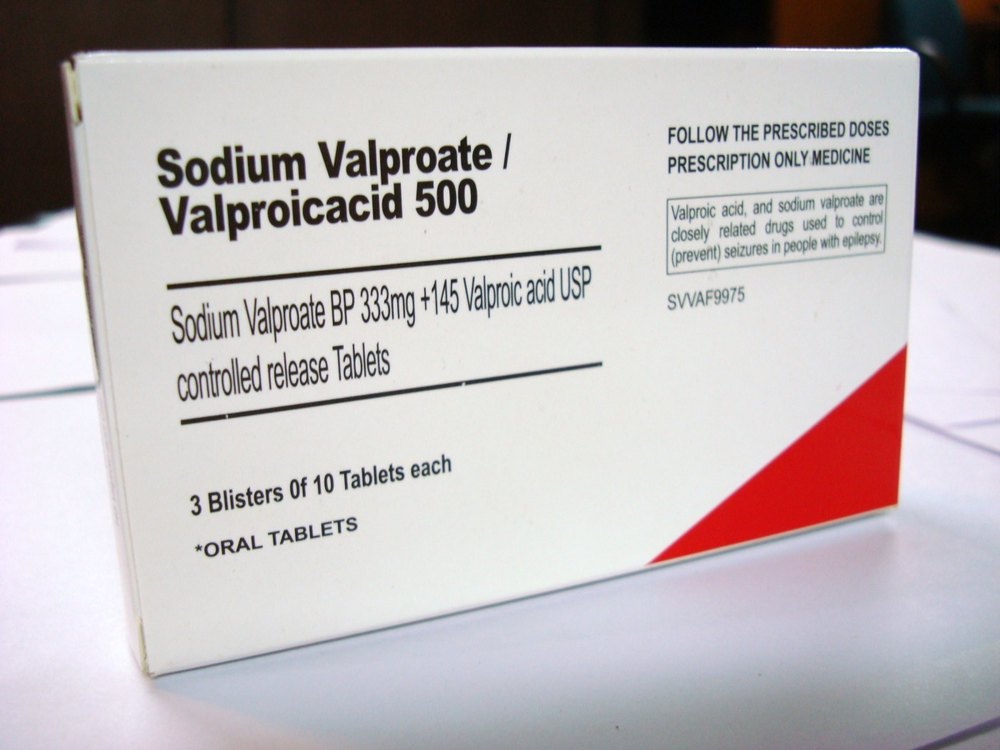Infantile Myoclonic Encephalopathy: Symptoms, Causes, Treatment
What are the symptoms of infantile myoclonic encephalopathy?
Infantile myoclonic encephalopathy, also known as myoclonic-astatic epilepsy or Doose syndrome, is a rare form of epilepsy that typically begins in early childhood. The syndrome is characterized by myoclonic seizures (brief, shock-like muscle jerks), astatic seizures (drop attacks), and other types of seizures. Symptoms of infantile myoclonic encephalopathy may include:
- Myoclonic seizures: These are sudden, brief muscle jerks that can occur in various parts of the body. They may be triggered by sudden movements, flashing lights, or other stimuli.
- Astatic seizures: Also known as drop attacks, these seizures cause a sudden loss of muscle tone, leading to a fall or collapse. Astatic seizures can cause the individual to fall forward, backward, or to the side.
- Other types of seizures: Individuals with infantile myoclonic encephalopathy may also experience other types of seizures, such as tonic-clonic seizures (formerly known as grand mal seizures) or absence seizures.
- Developmental delays: Some individuals with infantile myoclonic encephalopathy may experience delays in reaching developmental milestones, such as sitting, crawling, or walking.
- Behavioral changes: Changes in behavior, such as increased irritability, hyperactivity, or attention difficulties, may occur in some individuals.
- Electroencephalogram (EEG) abnormalities: EEG findings in infantile myoclonic encephalopathy typically show generalized spike-wave or polyspike-wave patterns, especially during sleep.
- Cognitive impairment: In some cases, individuals with infantile myoclonic encephalopathy may experience cognitive impairment or intellectual disability.
It’s important to note that the symptoms of infantile myoclonic encephalopathy can vary widely among affected individuals, and not all individuals will experience the same symptoms or severity of symptoms. If you suspect that your child has infantile myoclonic encephalopathy or is experiencing seizures, it’s important to seek medical attention for proper diagnosis and management.
What are the causes of infantile myoclonic encephalopathy?
The exact cause of infantile myoclonic encephalopathy, also known as myoclonic-astatic epilepsy or Doose syndrome, is not well understood. However, it is believed to be a multifactorial condition, meaning that it is likely caused by a combination of genetic and environmental factors. Some factors that may contribute to the development of infantile myoclonic encephalopathy include:
- Genetic factors: There is evidence to suggest that genetic factors play a role in the development of infantile myoclonic encephalopathy. Mutations in certain genes may make individuals more susceptible to developing the condition.
- Brain abnormalities: Structural abnormalities or malformations in the brain, such as cortical dysplasia or focal cortical lesions, may contribute to the development of infantile myoclonic encephalopathy.
- Metabolic disorders: Some metabolic disorders, such as glucose transporter type 1 deficiency syndrome, can present with similar symptoms to infantile myoclonic encephalopathy and may be misdiagnosed as such.
- Environmental factors: Certain environmental factors, such as infections, toxins, or traumatic brain injuries, may contribute to the development of infantile myoclonic encephalopathy in some cases.
- Immune system dysfunction: Some researchers believe that abnormalities in the immune system may play a role in the development of infantile myoclonic encephalopathy, although the exact mechanisms are not well understood.
It’s important to note that while these factors may contribute to the development of infantile myoclonic encephalopathy, the condition is still considered rare and more research is needed to fully understand its causes. If you suspect that your child has infantile myoclonic encephalopathy, it’s important to seek medical attention for proper diagnosis and management.
What is the treatment for infantile myoclonic encephalopathy?
The treatment for infantile myoclonic encephalopathy, also known as myoclonic-astatic epilepsy or Doose syndrome, typically involves a combination of medications and supportive therapies. The goal of treatment is to reduce the frequency and severity of seizures and improve the quality of life for individuals with the condition. Treatment options may include:
- Antiseizure medications: The mainstay of treatment for infantile myoclonic encephalopathy is antiseizure medications. Medications such as valproate, ethosuximide, and levetiracetam are commonly used to control seizures in individuals with this condition. The choice of medication may depend on the type and frequency of seizures, as well as individual response to treatment.
- Ketogenic diet: In some cases, a ketogenic diet, which is high in fats and low in carbohydrates, may be recommended for individuals with infantile myoclonic encephalopathy who do not respond to antiseizure medications. The ketogenic diet can help reduce seizure frequency and improve overall seizure control.
- Vagus nerve stimulation (VNS): VNS therapy involves implanting a device that delivers electrical impulses to the vagus nerve in the neck. VNS therapy may be considered for individuals with infantile myoclonic encephalopathy who do not respond to medications or other treatments.
- Supportive therapies: In addition to medications, individuals with infantile myoclonic encephalopathy may benefit from supportive therapies such as physical therapy, occupational therapy, and speech therapy to help manage symptoms and improve quality of life.
- Regular monitoring: It is important for individuals with infantile myoclonic encephalopathy to receive regular medical monitoring to assess seizure control, medication effectiveness, and any potential side effects or complications of treatment.
It’s important for individuals with infantile myoclonic encephalopathy to work closely with a healthcare team experienced in managing epilepsy to develop a personalized treatment plan. The goal of treatment is to achieve optimal seizure control with minimal side effects and improve quality of life.




